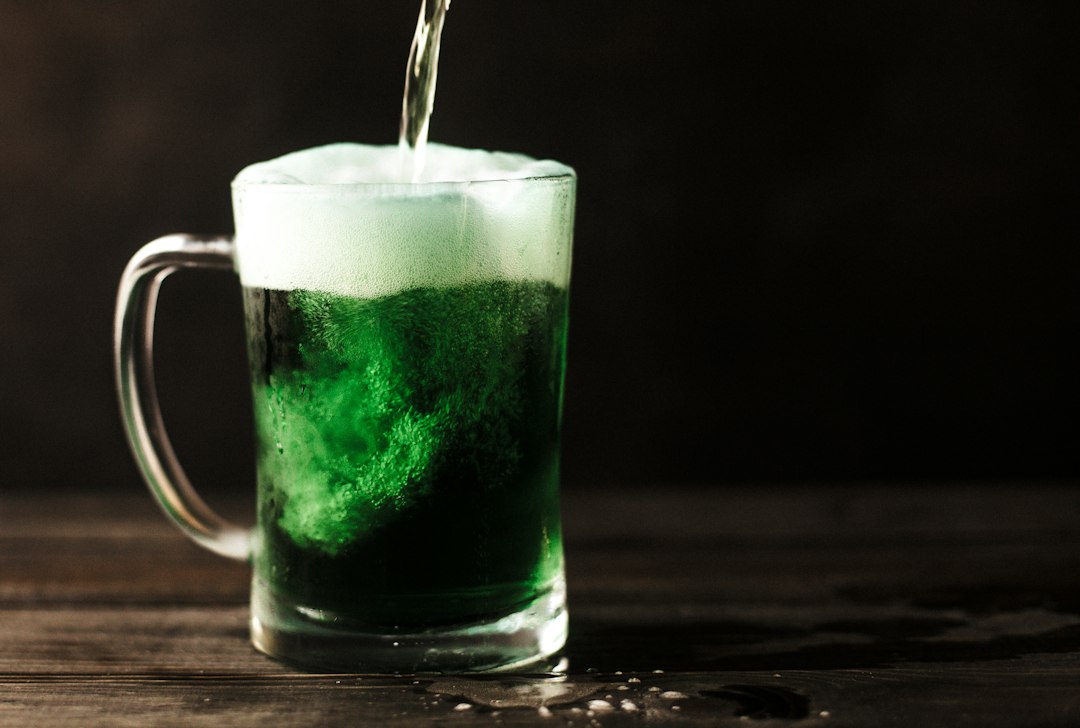The Banshee is a legendary figure in Irish folklore, known for its eerie wail and association with death. It is often depicted as a female spirit, dressed in white or grey, with long flowing hair and red eyes. The Banshee is said to appear before the death of a family member, wailing and lamenting as a warning to those who hear her cry. This enigmatic spirit has captivated the imaginations of people for centuries, and continues to be an important part of Irish culture and mythology.
Key Takeaways
- Banshee is an enigmatic spirit of Irish mythology that is associated with death and mourning.
- Its origins can be traced back to ancient Irish folklore, where it was believed to be a messenger of death.
- The Banshee is described as a ghostly figure with long hair, pale skin, and red eyes, often wearing a white dress or shroud.
- Its function in Irish mythology is to warn families of impending death, usually through its haunting and eerie wail.
- The Banshee continues to fascinate and intrigue us today, with its impact on Irish literature, film, and music, and its connection to mortality and the afterlife.
The Origins of the Banshee: Tracing Its Roots in Irish Folklore
The origins of the Banshee can be traced back to ancient Irish mythology. In early Irish folklore, the Banshee was believed to be a fairy woman, known as a bean sídhe, who was associated with certain families or clans. Over time, the Banshee evolved into a more specific figure, associated with death and the afterlife. There are several theories on the origin of the Banshee, including the belief that she is a manifestation of ancestral spirits or a guardian of the family.
The Appearance of the Banshee: Describing the Ghostly Figure in Detail
The Banshee is often described as a beautiful woman, dressed in white or grey robes. She has long flowing hair that is either white or red, and her eyes are said to be red from constant weeping. Some accounts describe her as having long, skeletal fingers and sharp nails. In art and literature, the Banshee is often depicted as a ghostly figure, floating above the ground with her arms outstretched. She is sometimes shown holding a comb or a mirror, symbols of femininity and vanity.
The Role of the Banshee: Understanding Its Function in Irish Mythology
| Function | Description |
|---|---|
| Harbinger of Death | The Banshee’s wailing is said to foretell the death of a family member. |
| Protector of the Family | The Banshee is believed to watch over and protect a family, especially the women and children. |
| Symbol of Mourning | The Banshee’s appearance and wailing is seen as a symbol of mourning and grief. |
| Connection to the Otherworld | The Banshee is said to be a supernatural being with a connection to the Otherworld, a realm of spirits and faeries. |
| Warning of Impending Danger | Some legends suggest that the Banshee’s wailing can also warn of impending danger or disaster. |
The primary role of the Banshee is to serve as a harbinger of death. She is said to appear before the death of a family member, wailing and lamenting as a warning to those who hear her cry. The Banshee is believed to be connected to specific Irish families or clans, and her appearance is seen as a sign that death is imminent. In some cases, the Banshee is said to be the spirit of a deceased family member, who returns to warn their loved ones of their impending demise.
The Banshee’s Cry: Examining Its Haunting and Eerie Wail
The Banshee’s cry is one of the most distinctive aspects of this legendary figure. It is described as a mournful wail, filled with sorrow and grief. The cry of the Banshee is said to be so piercing and haunting that it can be heard for miles around. In Irish culture, the Banshee’s cry is seen as a foreboding omen, signaling the approach of death. It is believed that those who hear the Banshee’s cry will soon experience a loss in their family.
The Legends of the Banshee: Exploring the Myths and Stories Surrounding the Spirit

There are many famous stories and legends featuring the Banshee in Irish folklore. One such story tells of a young woman who was visited by the Banshee before her own death. She heard the wailing cry outside her window and knew that her time was near. Another legend tells of a man who encountered the Banshee while walking home late at night. He heard her cry and saw her floating above him, but managed to escape unharmed.
These stories and legends have contributed to the Banshee’s mystique and have helped to shape its image in popular culture. The Banshee is often portrayed as a tragic figure, caught between the worlds of the living and the dead. She is seen as both a messenger of death and a guardian of the family, warning them of impending doom.
The Banshee in Modern Culture: Its Impact on Irish Literature, Film, and Music
The Banshee has had a significant impact on Irish literature, film, and music. In literature, the Banshee is often used as a symbol of death and the supernatural. Many Irish authors have incorporated the Banshee into their works, using it to create an atmosphere of mystery and suspense. In film, the Banshee has been portrayed in various ways, from a terrifying specter to a sympathetic character. In music, the Banshee’s cry has been used as a haunting melody, adding an eerie element to songs and compositions.
The Banshee and Death: Unpacking Its Connection to Mortality and the Afterlife
The connection between the Banshee and death is a central theme in Irish folklore. The Banshee is believed to be a messenger of death, appearing before the passing of a family member. Her wailing cry is seen as a warning to those who hear it, signaling that death is near. In Irish funeral customs, the Banshee’s cry is often interpreted as a sign that the deceased has reached the afterlife and is at peace.
The Banshee’s Regional Variations: Examining How Its Depiction Differs Across Ireland
The depiction of the Banshee varies across different regions of Ireland. In some areas, she is described as a beautiful woman dressed in white, while in others she is depicted as an old hag with long grey hair. The regional variations in the portrayal of the Banshee reflect the diversity of Irish folklore and highlight the different beliefs and traditions that exist within the country.
The Mystery of the Banshee: Why the Spirit Continues to Fascinate and Intrigue Us Today
The Banshee continues to fascinate and intrigue us today because of its mysterious nature and its association with death. The idea of a ghostly figure appearing before the death of a loved one is both eerie and comforting. The Banshee’s cry is haunting and evocative, stirring up feelings of fear and sadness. Its role as a harbinger of death and its connection to Irish families and clans make it a compelling figure in Irish mythology. The Banshee’s enduring appeal lies in its ability to capture our imagination and remind us of the fragility of life.
FAQs
What is a Banshee?
A Banshee is a female spirit in Irish mythology who is believed to be an omen of death.
What does the Banshee look like?
The Banshee is often depicted as a pale, ghostly woman with long hair and wearing a white dress.
What is the Banshee’s role in Irish mythology?
The Banshee is believed to be a harbinger of death, warning families of the impending death of a loved one by wailing and crying.
Is the Banshee always a bad omen?
While the Banshee is often associated with death and tragedy, some believe that she can also be a protective spirit, warning families of danger or evil.
Can anyone see or hear the Banshee?
It is said that only certain families or individuals with a strong connection to Irish heritage can see or hear the Banshee.
What happens if you hear the Banshee’s cry?
Hearing the Banshee’s cry is believed to be a sign that someone in the family will soon die.







